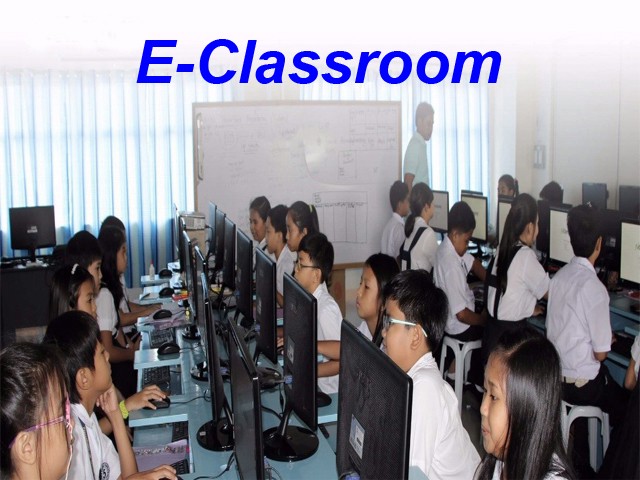Holy Family Academy envisions a renewing school community that:
- is Christ-centered
- develops human wholeness and
- upholds the common good.
SUPERVISORY PLAN INSTRUCTION
- RATIONALE
An educational institution adheres to its accountability to provide quality education to its clientele. Together in this responsibility are its administrators, faculty, staff and maintenance personnel. However its outmost liability in providing quality education appears to be materialized by the faculty members because of thier direct and actual dealing with the students who are the recipients of the kind of education/ instruction an institution gives. It is in this light that an institution's supervision on instruction is an essential element to monitor, examine, and evaluate the education delivered to the students.
Holy Family Academy's philosophy in providing integral formation of students in Christian values, knowledge and skills for the progress of society and mission in committing itself to deepening faith in Christ and nurturing excellence in academic, social involvement and in all service are reflected in its curriculum and instruction. The School strives to provide its students authentic learning experience by having over and above the Department of Education's curriculum minimum requirements and by incorporating curriculum features like Religion as the Core of the Curriculum- Whole Brain Learning System (RCC-WBLS) and Outcomes-Based Education (OBE). These help in the attainment of the objectives and educational goals of the school. Thus, it is necessary that appropriate supervision on the school's various areas, particularly on instruction, be done and that a supervisory plan be used and implemented to evaluate the effectiveness of the school's academic program and to assess the quality of education the school renders to its students.
- OBJECTIVES
- Facilitate the continuing improvement of the academic standards of the school
- Ensure quality on classroom instruction so as to provide authentic student learning
- Evaluate student's level of achievement
- Ensure the appropriateness of the co-curricular activities
- Empower and develop the teacher's intrinsic creativity, professional preparation, personal growth and spiritual nourishment
- STRATEGIES/ COMPONENTS
- Organizational Management
- Instructional Development
- Instructional Management and Mentorship
- Human Resource Development
- Instructional Evaluation





